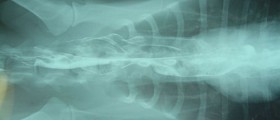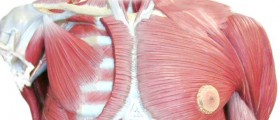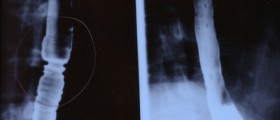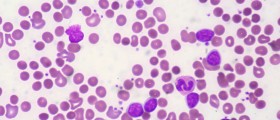
Myasthenia gravis
Myasthenia gravis is the medical term for the condition characterized by great weakness or rapid fatigue of the muscles that are under voluntary control. Unfortunately, this condition is incurable, but there are many treatments to reduce the symptoms of myasthenia gravis. Myasthenia gravis most frequently occurs in men older that 60, while in women it usually appears under their 40. The most common symptoms of this condition are problems with eyes, such as double vision, either horizontal or vertical, blurred vision and ptosis, which is the medical term for the drooping of the one, or both eyelids. Furthermore, weakness of the muscles in the legs and arms, as well as certain facial expression, are also very frequent symptoms of this disease.
Causes of myasthenia gravis
The main cause of myasthenia gravis is a problem which occurs in the transmission of the nerve impulses to muscles. The neuromuscular junction is the place where the nerves and the muscles are connected and myasthenia gravis occurs when the normal communication between the nerves and the muscles is disrupted at the neuromuscular junction. Acetylcholine is a neurotransmitter substance that is released by the nerve endings. This neurotransmitter substance passes through neuromuscular junction and attaches to the receptors of acetylcholine and these receptors are thus activated and then they cause a muscle contraction. When myasthenia gravis occurs, the body’s own immune system creates antibodies that obstruct, or modify, or destroy the receptors for acetylcholine at the neuromuscular junction. Because of that, the muscle contraction cannot occur.
Treatment of myasthenia gravis
It is important to go and visit a doctor if the symptoms of this disease are noticed. In this way, many complications that can be aroused by this condition may be prevented. The most frequent complications that myasthenia gravis can induce are myasthenic crisis, which is a very serious and life-threatening condition, thymus tumors, hyperthyroidism or hypothyroidism and lupus, as well as rheumatoid arthritis.
After diagnosing myasthenia gravis the doctor usually prescribes certain medications, such as anticholinesterase agents. The two most commonly used anticholinesterase agents are neostigmine and pyridostigmine. They are very potent in improving neuromuscular transmission and making the muscles much stronger than they are. Furthermore, the doctor may prescribe one of immunosuppressive drugs such as Prednisone, Cyclosporine, and azathioprine. In some cases, thymectomy is performed, which is the surgical removal of the thymus gland. Plasmapheresis, the removal of abnormal antibodies from the blood, is also employed as one of the treatments of myasthenia gravis.

















Your thoughts on this
Loading...